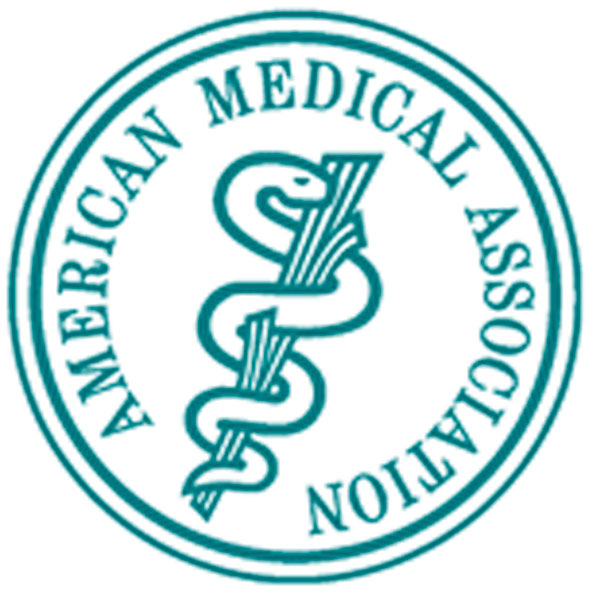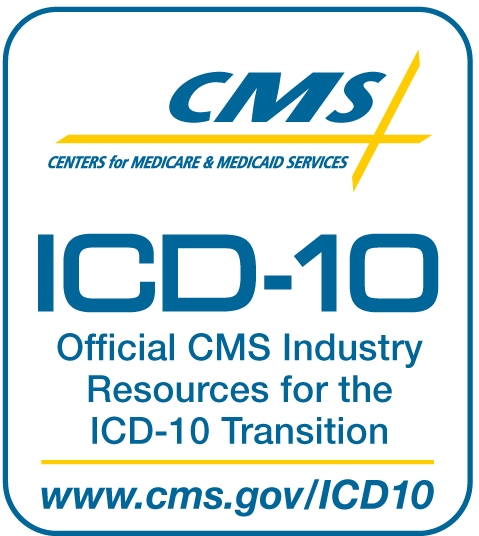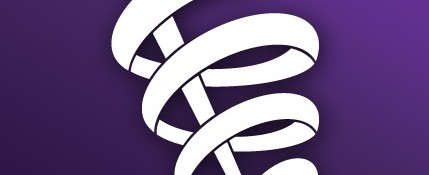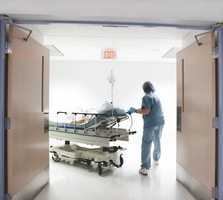If you’ve been looking for a code on colon motility study and being frustrated for the lack of it, your search is over. CPT 2011 debuts a new code for a manometric study, along with two revised codes for esophageal pH monitoring.
For gastroenterology, you have a lot of changes to sort through — many involving deletions on low use codes or clean-up work.
Here’s How to Use New Manometric Study Codes
You should pay attention on two new codes for a manometric study: 91117 (Colon motility [manometric] study, minimum 6 hours continuous recording [including provocation tests, e.g., meal, intracolonic balloon distension, pharmacologic agents, if performed], with interpretation and report), and 91013 (Esophageal motility [manometric study of the esophagus and/or gastroesophageal junction] study with interpretation and report; with stimulation or perfusion during 2-dimensional data study [e.g., stimulant, acid or alkali perfusion] [List separately in addition to code for primary procedure]).
CPT 91117 is just for the study itself, not for the same session with catheter placement. The radiologist may place the catheter in a prior procedure and the gastroenterologist may come in and out to supervise the testing and any provocations that are performed. Thus, you should include the provocations in the study and report 97117 only once no matter how many times the testing is done.
You can use 91013 in cases like assessment of the effect on the measured esophageal motility when the patient’s esophagus is exposed to different stimulant liquids, says Michael Weinstein, MD, a gastroenterologist in Washington, D.C., and former member of the AMA’s CPT Advisory Panel. The code also applies when intravenous medications are administered to try to produce symptoms. CPT 91010 is included in 91013 and would not be billed separately, he adds.
Use 91034, 91035 in a New Way
Aside from debuting...







